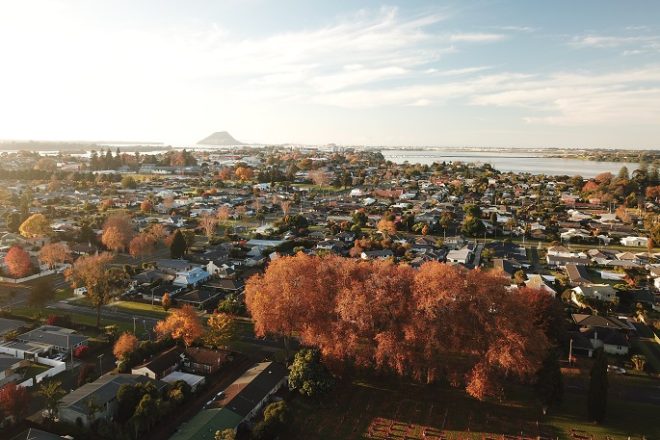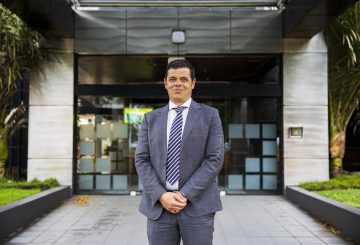타우랑가의 가을은 맑고 푸른 하늘을 배경으로 선명한 노란색, 금색, 오렌지색으로 물든 나무들이 어우러져 숨이 멎을 정도로 아름답다.선라이브 (SunLive) 독자들은 5월에 두꺼운 나뭇잎이 거리를 뒤덮는 것을 본 적이 있습니다.이는 겨울철 비가 오기 전에 지붕 홈통, 분수구, 빗물 배수구를 점검하고 청소하여 낙엽으로 막히지 않도록 모든 사람에게 좋은 알림입니다.
뉴질랜드의 가을, 특히 남섬은 단풍이 아름답기로 유명하다.하지만 타우랑가에서는 맥라렌 폴스 공원 (McLaren Falls Park) 부터 그리튼 (Greerton) 과 베들레헴 (Bethlehem) 등 다양한 교외 지역까지 아름다운 가을 풍경을 볼 수 있다.
식물에서 낙엽과 열매가 떨어지는 현상은 보통 가을에 기온이 떨어지거나 낮이 짧아지거나 가뭄으로 식물이 스트레스를 받을 때 발생합니다.엽록소가 분해되면 잎에 있는 다른 색소들이 눈에 띄게 되어 잎의 색이 변합니다.낮이 짧고 밤이 시원하지만 춥지 않을 때 가장 밝은 색을 볼 수 있습니다.
타우랑가 시의회는 폭우와 폭풍의 영향을 가장 많이 받을 지역을 예측하기 위한 홍수 위험 지도와 모델을 만드는 데 심혈을 기울여 왔습니다.주민들은 배수구와 배수로를 깨끗하게 유지하고 막힌 곳을 시의회에 보고함으로써 홍수 예방에 도움을 줄 수 있습니다.
폭우가 예상되면 시의회 직원이 시 전역 60개 지점에 있는 100개 이상의 빗물 격자에서 잔해를 점검하고 치웁니다.폭풍우가 몰아치는 동안 일반 대중으로부터 걸려오는 모든 전화가 녹음되고 배수구 정리를 위한 도움 요청이 하청업체에 전송됩니다.폭풍이 지나간 후에는 격자와 배출구를 점검하고 다시 청소합니다.
주민들은 폭우가 오기 전에 정기적으로 배수관을 점검하고 낙엽과 잔해를 치워 지역사회를 도울 수 있습니다.개인 배수구에 막힌 부분이 있는 경우 민간 배수 계약자에게 연락하는 것은 거주자의 책임입니다.낙엽으로 인해 도로가 막힐 염려가 있는 경우 주민들은 07 577 7000번으로 전화하여 시의회에 알릴 수 있습니다.
단풍은 떨어지면 정원에서 사용하거나 공예 프로젝트에 사용할 수 있습니다.낙엽은 토양 구조와 수분 보유력을 개선하고, 유기체를 유인하여 토양 건강을 증진시킬 수 있으며, 식물을 보호하고, 잡초를 억제하고, 토양 수분을 유지하고, 벌레를 보호하는 뿌리 덮개로 사용할 수 있습니다.퇴비통에 잎을 추가하거나 어린이용 겨울 공예품 및 예술 작품에 사용할 수도 있습니다.






























































